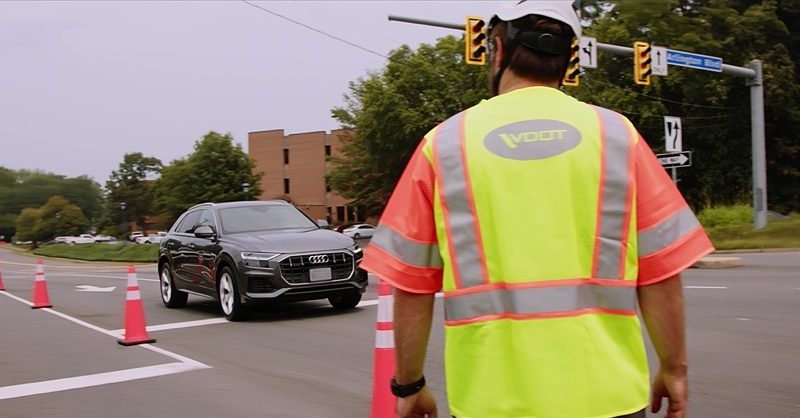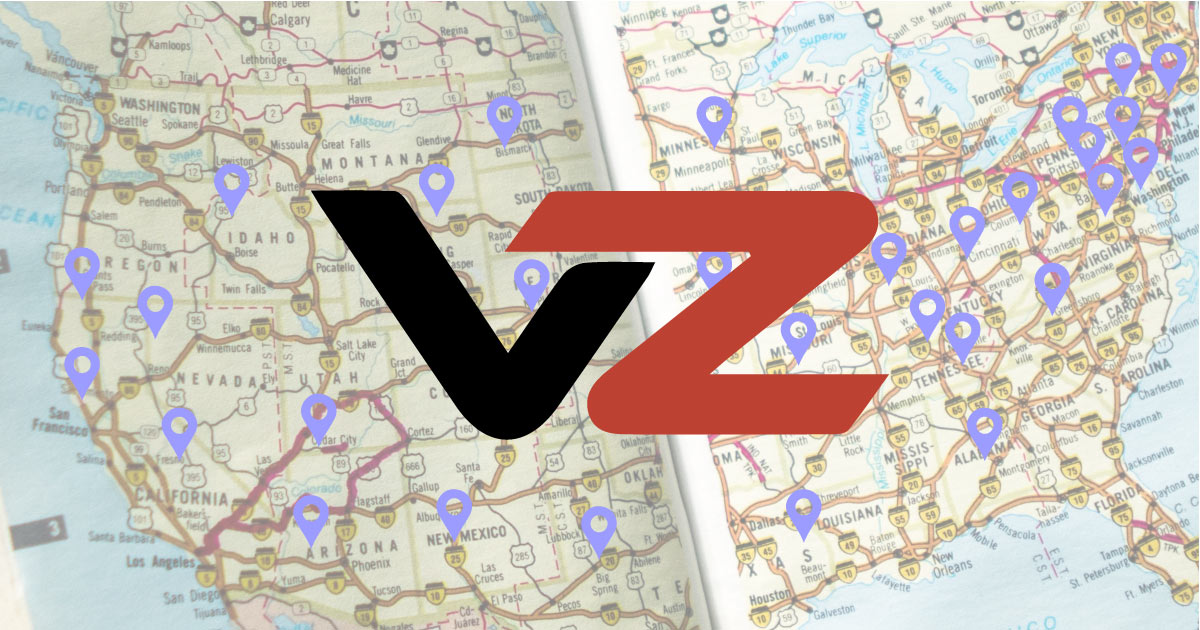One very cool technology on the horizon to help save lives is Cellular Vehicle-to-Everything, or C-V2X. This is an area where we know the aftermarket will excel because the knowledgebase exists to install systems on older vehicles and get alerts on infotainment screens or audio systems (or even both).
To look at how this technology might be used in the real world, car manufacturer Audi tested the C-V2X technology on a closed corridor on U.S. 50 in Virginia. The Virginia Department of Transportation and Virginia Tech Transportation Institute got in on the project to help protect roadside workers.
Manufacturers and Engineers Working Together
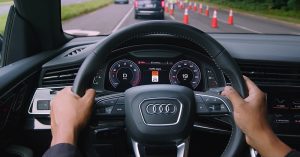 The teams developed hardware and software that allowed a specially equipped Audi Q8 development vehicle to communicate with a work zone and roadside workers who face dangerous situations in their daily tasks. When the Audi Q8 started to approach the work zone in an uncomfortably close scenario, the signal would alert the driver in the instrument display as an early notification. As the driver in the test vehicle got closer to the work zone, a dashboard warning would direct the driver to merge to the left as the roadway narrowed.
The teams developed hardware and software that allowed a specially equipped Audi Q8 development vehicle to communicate with a work zone and roadside workers who face dangerous situations in their daily tasks. When the Audi Q8 started to approach the work zone in an uncomfortably close scenario, the signal would alert the driver in the instrument display as an early notification. As the driver in the test vehicle got closer to the work zone, a dashboard warning would direct the driver to merge to the left as the roadway narrowed.
To protect the worker, a special vest was developed that lights up and gives an audible warning if a driver is too close. According to engineers at Virginia Tech, the smart vest predicts potential collisions between work zone workers and passing motorists by communicating the workers’ locations to passing vehicles and proactively warns workers and passing motorists of potential collisions.
Work Zones Are Not Safety Zones
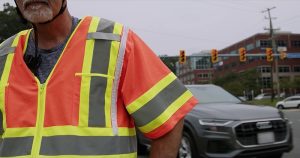 For those who think work zone injuries are not a big problem, National Highway Traffic Safety Administration statistics prove otherwise. In 2019, as a result of 115,000 vehicle crashes in work zones, 842 people were killed, including 135 roadside workers, and 39,000 people were injured. Even though Americans drove 430 million fewer miles in 2020, crashes increased 8% over 2019 because of greater speeds on public roads. Some of these accidents could have been prevented by C-V2X.
For those who think work zone injuries are not a big problem, National Highway Traffic Safety Administration statistics prove otherwise. In 2019, as a result of 115,000 vehicle crashes in work zones, 842 people were killed, including 135 roadside workers, and 39,000 people were injured. Even though Americans drove 430 million fewer miles in 2020, crashes increased 8% over 2019 because of greater speeds on public roads. Some of these accidents could have been prevented by C-V2X.
Because C-V2X looks so promising for a multitude of accident-prevention reasons, the FCC recently set aside frequencies to enable the technology to grow. The FCC agreed to allocate a portion of the 5.9 GHz cellular band for C-V2X. That decision allows another mode of communication for the exchange of standardized information between vehicles and between vehicles and infrastructure.
C-V2X is Coming
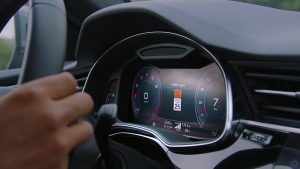 As a manufacturer, Audi anticipates C-V2X will help vehicles communicate with traffic signals and road signs. This is the harbinger of a world of automated vehicles that augment their cameras and sensors with cellular communications. Drivers will not be limited to relying solely on visible vehicles and road markings to move safely down the road. The development of C-V2X accelerates these potential applications. Through internal research, as well as publicly available data, Audi estimates 5.3 million vehicles, work zones, railway crossings, bicycles and other devices will be able to connect to C-V2X frequencies by 2023. By 2028, it is possible that number will increase to 61 million connected devices, including as many as 20,000 crosswalks, 60,000 school zones, 216,000 school buses and 45 million smartphones. The implications for safety are endless.
As a manufacturer, Audi anticipates C-V2X will help vehicles communicate with traffic signals and road signs. This is the harbinger of a world of automated vehicles that augment their cameras and sensors with cellular communications. Drivers will not be limited to relying solely on visible vehicles and road markings to move safely down the road. The development of C-V2X accelerates these potential applications. Through internal research, as well as publicly available data, Audi estimates 5.3 million vehicles, work zones, railway crossings, bicycles and other devices will be able to connect to C-V2X frequencies by 2023. By 2028, it is possible that number will increase to 61 million connected devices, including as many as 20,000 crosswalks, 60,000 school zones, 216,000 school buses and 45 million smartphones. The implications for safety are endless.
VZAN promotes this technology and its integration into our current vehicles. It is not far-fetched to have the ability to view C-V2X alerts from our cell phones on our infotainment screens. In fact, some radar detectors such as the Escort Max 360c already feature a database of red-light cameras. It would not take much engineering to allow updates for work zones, school zones and other areas that are challenging to negotiate and make them safe.
We want to petition all parties to promote C-V2X for safer roads and allow the aftermarket access to integrate the technology into as many vehicles as possible for all of our safety.

